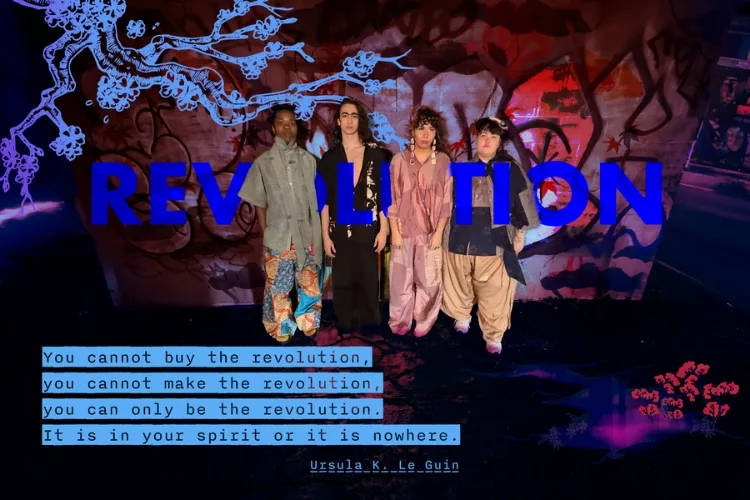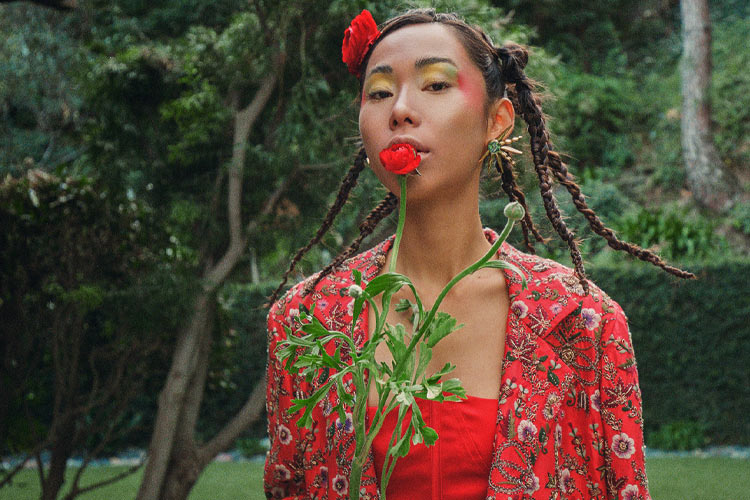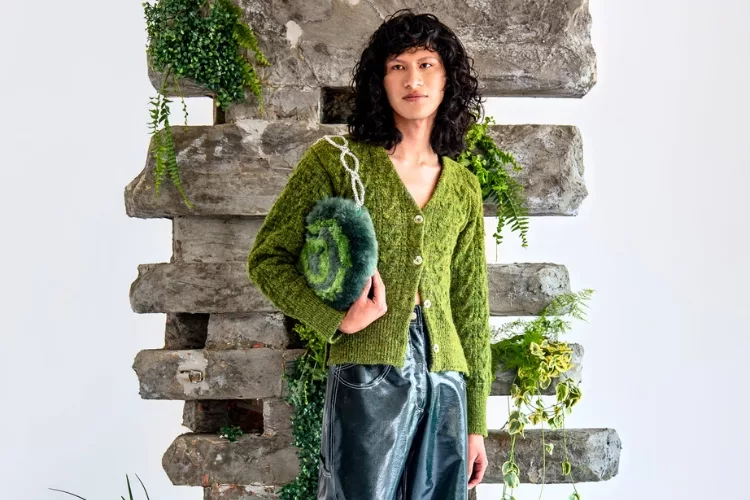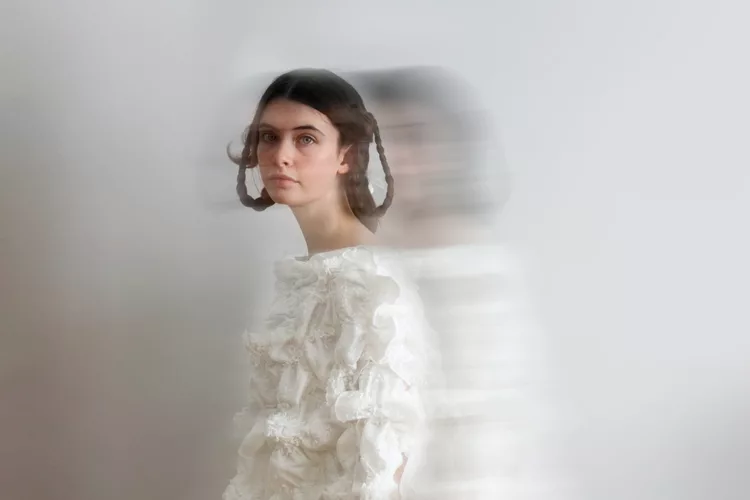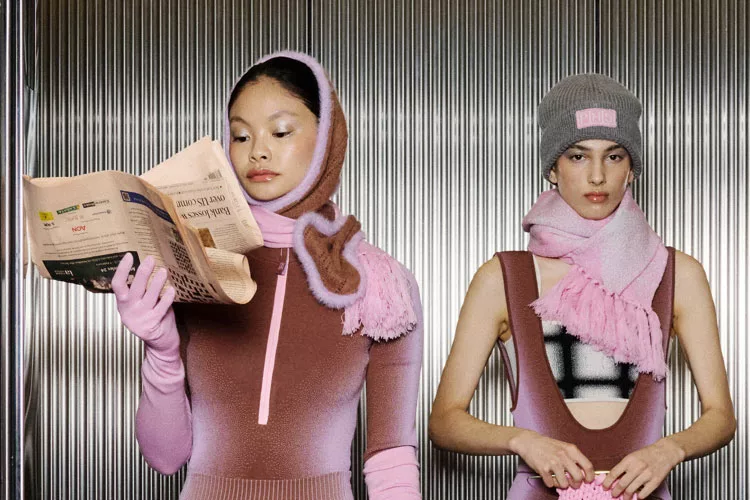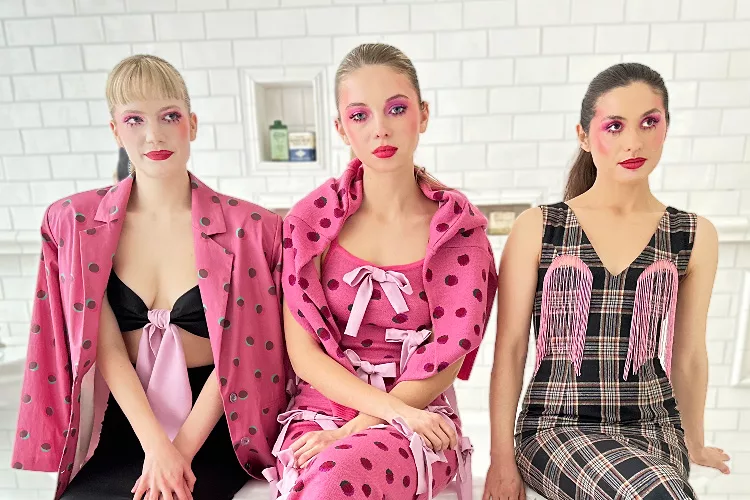Love it or hate it, New York Fashion Week is around the corner. We tend to have a love/hate relationship with it. We hate that there are still so many brands full of sh*t when they talk about their affect on the climate. And those who just don’t care. But we equally love that there are those who are more considered in their actions. And it’s important to support them. These designers aren’t looking to be the next “big thing” but simply be the best of themselves. It’s not about mass production but individual style in our vision of the future of fashion. And here are 7 designers on our radar this NYFW.
Zankov
Designer Henry Zankov finds inspiration in art when designing his eponymous knitwear collection. Whether that’s Russian Avant-Garde Constructivism or Sonia Delanay it’s never a literal translation of the work. Instead he pulls out the essence and blends in his unique understanding of color and shapes. The result is strong visual statements in garments made from the softest merino and alpaca.
Working with family-owned mills and suppliers ensures ethical production of his sophisticated yet playful designs. Knitwear is quickly becoming our new seasonless uniform and we’re looking forward to seeing the latest from Zankov.
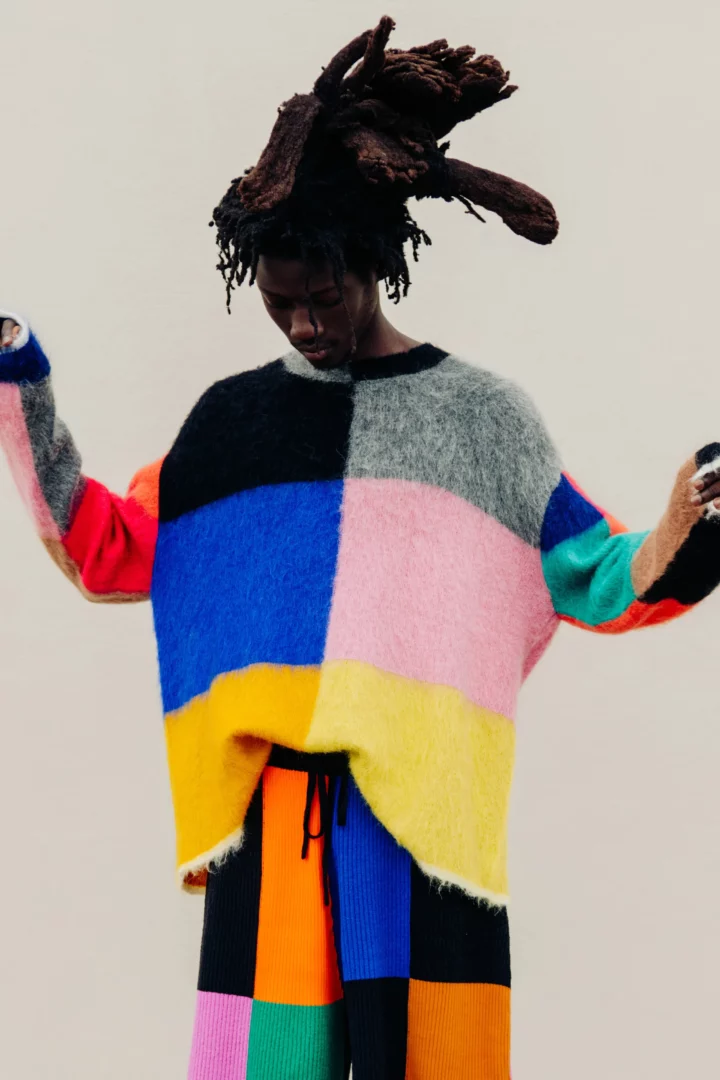
Rentrayage
Upcycling is gaining traction for two big reasons. The first is environmental. The second is aesthetic. Designers are proving that working with material restrictions can push the boundaries of creativity. And here, Rentrayage founder Erin Beatty is leading the way.
Upon her inspiration for the collection, designer Erin Beatty said the following:
Times are strange and trends irrelevant, but still we want to get dressed, stand out and feel new. This was our starting point for the AW ’23 collection. …We mixed fabrications, suiting and tulle, shirtings and cashmere all in an effort to push our concepts further. We continued to explore where opposites meet and what differences really exist between the two? In a time of such division the connections between and within each piece become increasingly important. This is where we focused our attention for Fall.
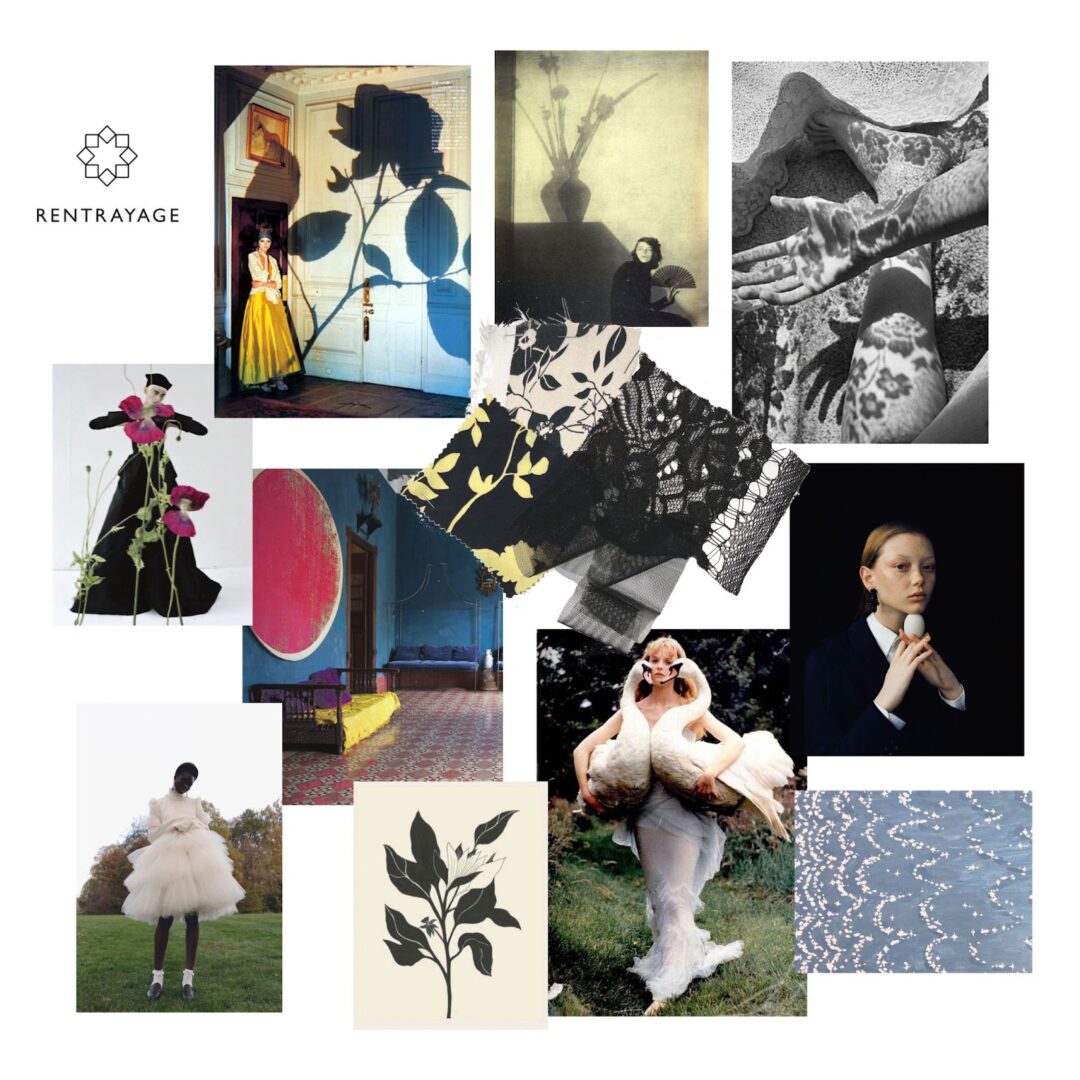
Helena Eisenhart
Established in 2015 in Brooklyn, the brand is a unisex label and each piece is made using high-end tailoring techniques and collages of textiles that aim to tell a story.
Upon their inspiration for the collection, designer Helena Eisenhart said the following:
As a queer, mixed race person living in New York City, I often feel both isolated and celebrated at the same time. Uniforms and dress codes have been a big inspiration for my work since it is a clear way to share multiple identities through manners of dressing. It’s both a way to blend in and to show power and distinction. To dress according to a code, can also mean, to dress in disguise.
Artificial intelligence and dolls are often an inspiration for my work because of how they represent an altered perception of reality. The movie La Haine is a regular inspiration for my work for its view on youth culture and abuse of power, as well as Gregg Araki’s teen apocalypse trilogy for its angsty, queer asian american perspective on isolation and hysteria.
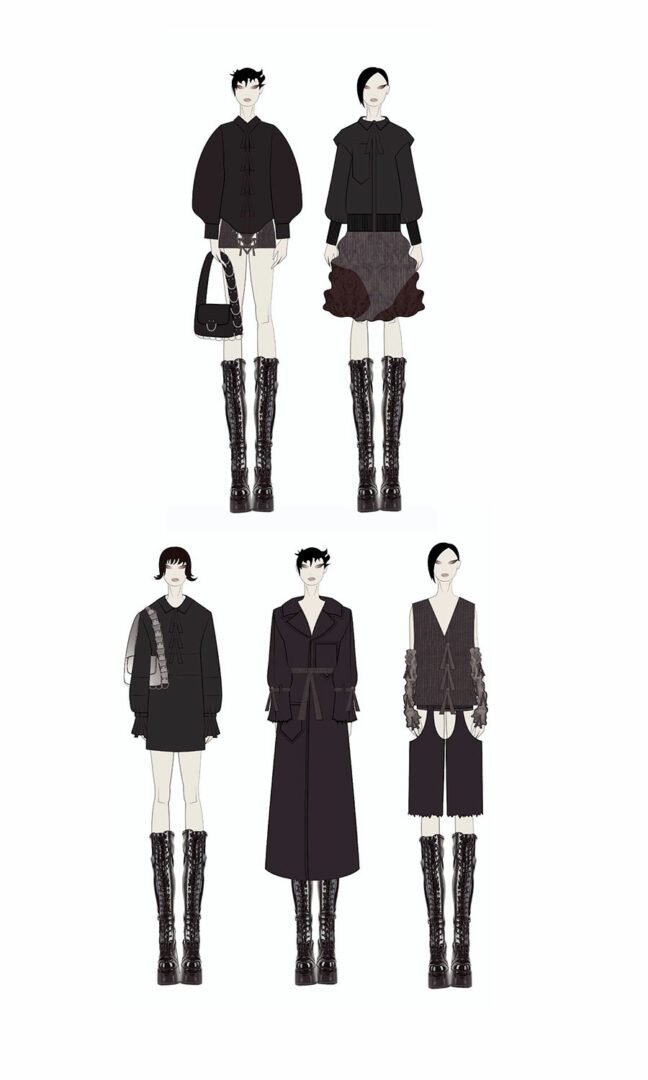
tara babylon
Winter Babylonia is the name of her upcoming collection. And one of the predominant influences is 70’s British punk culture.
Tara specifically cites Jordan Mooney, an avatar of Punk culture in the 70’s, and Paul Simonon, bassist of The Clash. Both wore patched fishnet & crochet pieces, which became the catalyst of inspiration to form the new Babylon textiles. It promises to have a whole new look to previous collections while still keeping techniques that are classic Tara Babylon. The energy of punk and the aesthetics of Tara? Yes please!
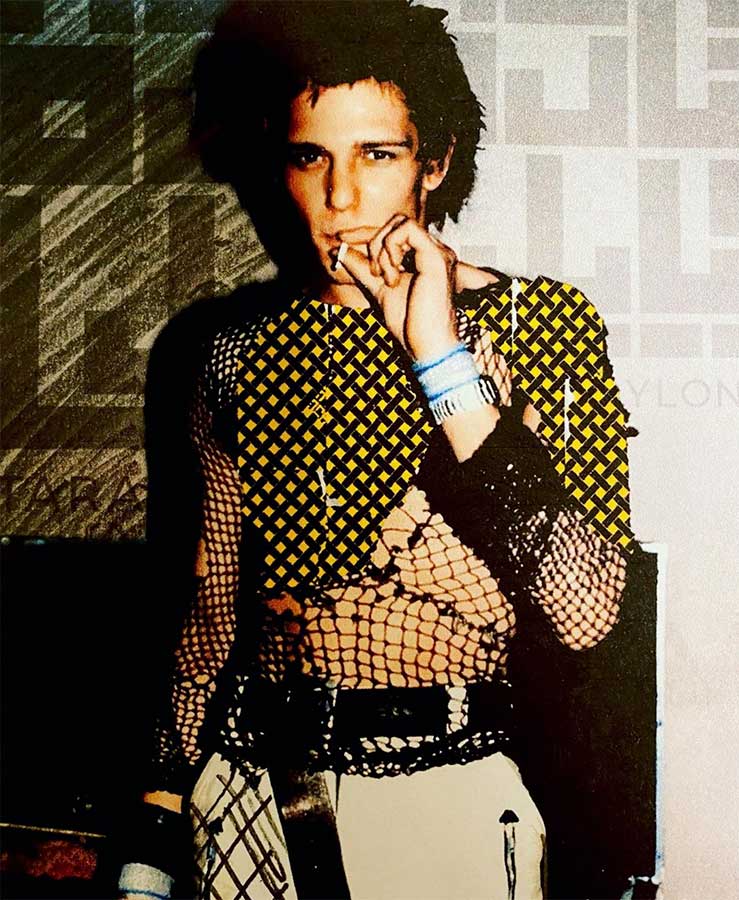
PH5
The name of PH5’s upcoming presentation, This is Not A Jellyfish, hints at it keeping thematically along the line of last season’s under-the-sea fantasy land. Which also was a statement on the (not so great) state of our oceans and coral reefs.
Wei Lin and Zoe Champion have developed a specific aesthetic for the label that consists of cool pastels, asymmetrical skirts and dresses and signature waves created on machines with low waste production. We’re not expecting a radical departure in style but rather we’re excited to see the refinements and variations introduced.
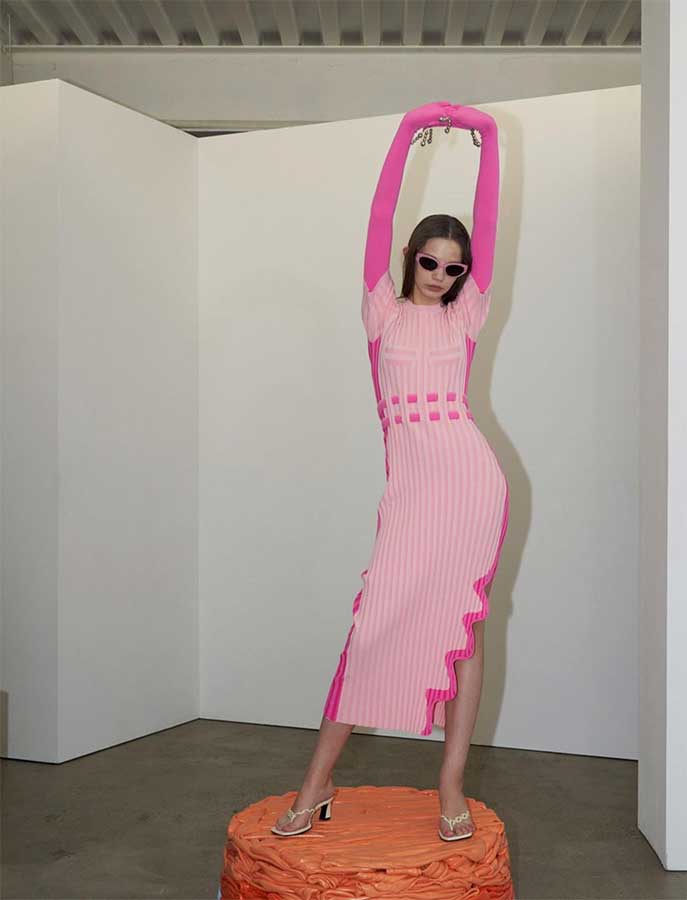
Snow Xue Gao
Snow Xue Gao is guided by dualities: East and West, masculine and feminine, simplicity and complexity. The designer’s custom-made fabrics and skilful draping combine these polarities into coherent products that look like they were meant to be this way all along.
Snow takes her creative cues from her surroundings. Since she opened her Bowery location last summer, that means a lot more LES energy infused into the garments. The SS23 show saw a dynamic, punchy collection of silhouettes inspired by SoHo and Chinatown and anchored by more traditional design motifs. We love the way that Snow interprets the world around her, and look forward to seeing what’s next.
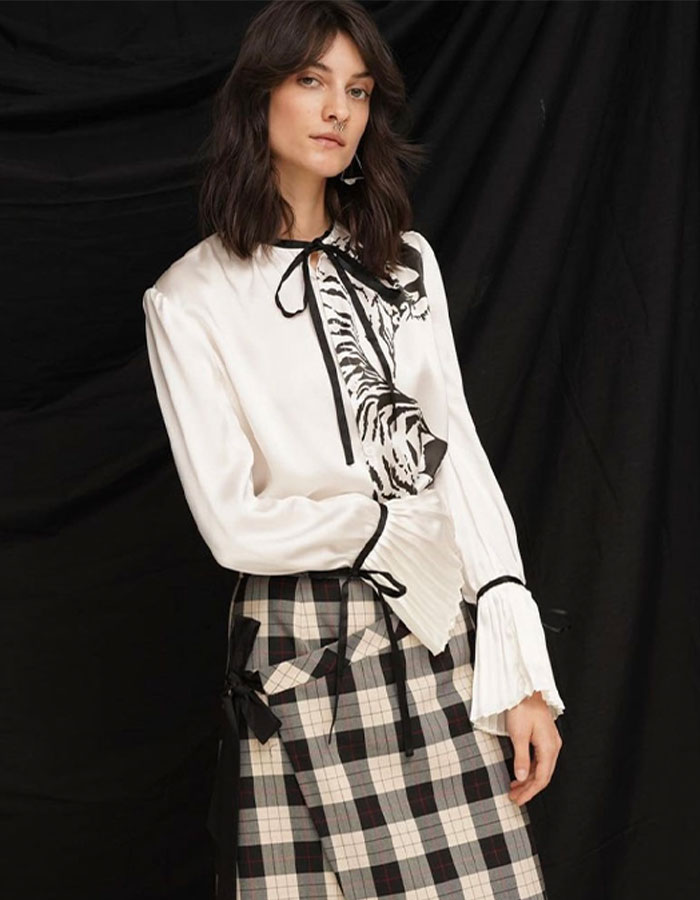
MELKE
A lot of the collections we see at Fashion Week draw on familiar inspirations: coastal grandma core, Y2K, etc. Not MELKE. For its SS 23 segment, the brand chose the absurdist 1966 Czech film Daisies at its aesthetic starting point. The sustainably crafted clothes symbolized challenging social constructs and gender norms and set a unique tone. Taking “fashion as self-expression” up a notch, MELKE proved its ability to execute concept-driven clothes that are also totally wearable. We can’t wait to see what founder and designer Emma Gage comes up with this time.
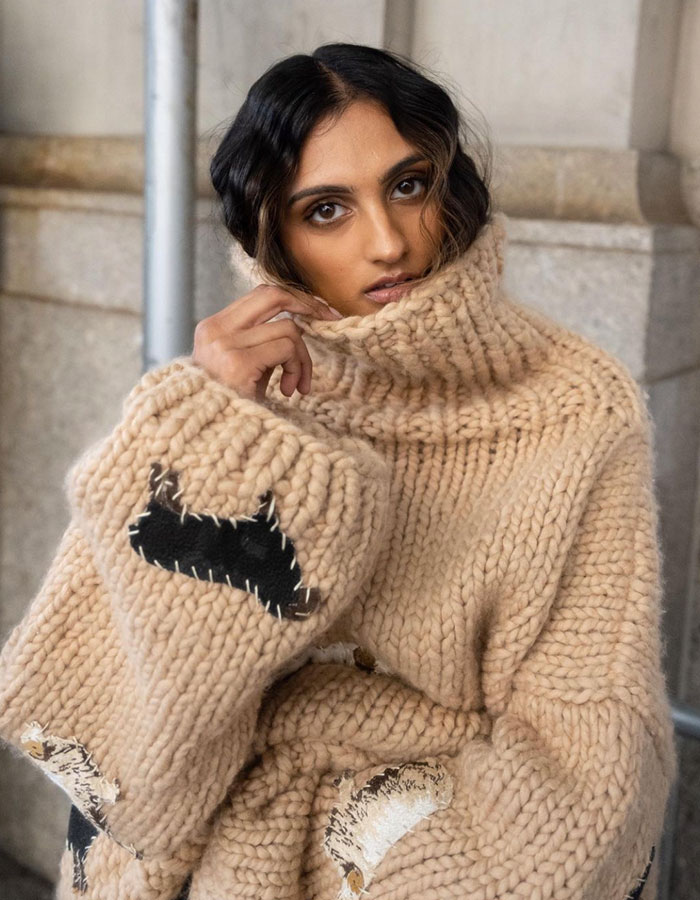
Related Articles

